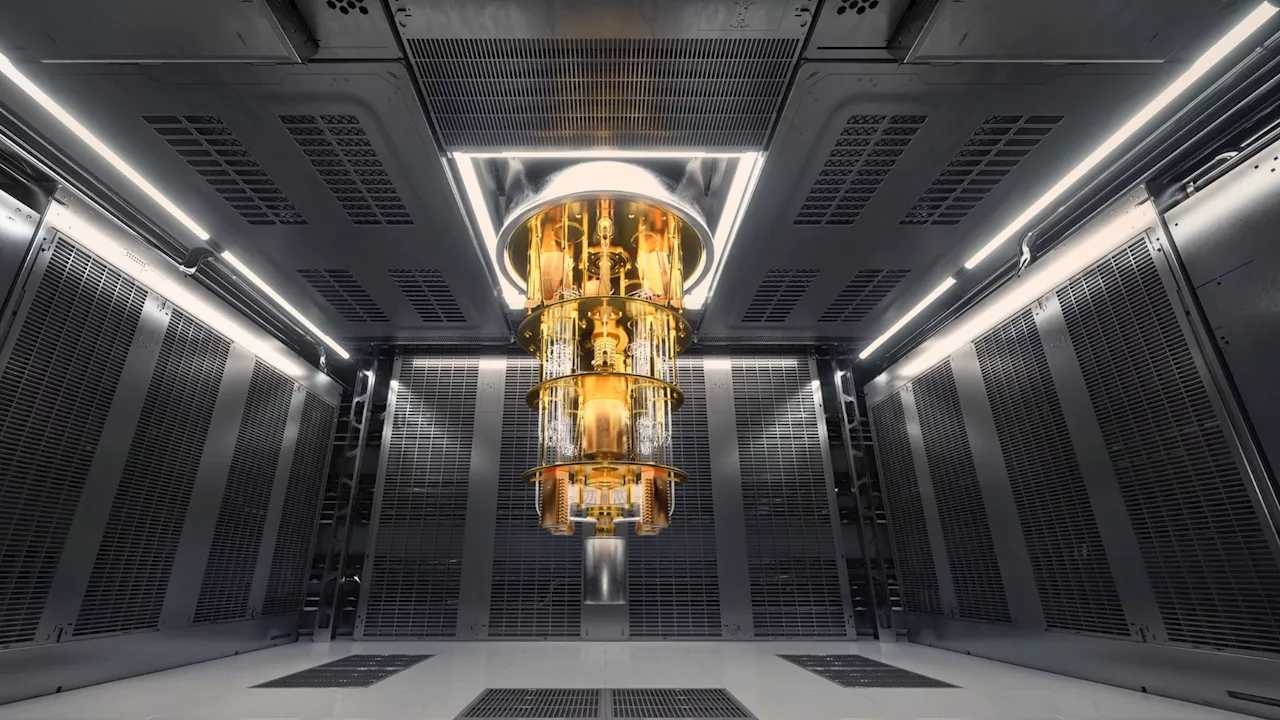Researchers have developed a groundbreaking method for tracking space debris with centimeter-level accuracy, improving space safety.
Scientists can pinpoint a satellite’s location with centimeter-level accuracy by timing how long it takes for a laser to travel to the satellite and back.The space around Earth is becoming increasingly crowded with debris from previous missions. There are around 40,000 pieces of debris larger than 10 centimeters, alongside millions of smaller fragments, all traveling at speeds up to 30,000 kilometers per hour .
“The Institute of Geodesy used its own force models, which can be used to determine the position of a satellite or debris to an accuracy of around 100 meters,” said the TU Graz team in a press release. By measuring the time it takes for a laser to travel to a satellite and back, scientists can determine the satellite’s position with precision up to centimeters.
United States Latest News, United States Headlines
Similar News:You can also read news stories similar to this one that we have collected from other news sources.
 Researchers invented a liquid that turns into sticky string like Spider-Man’s web-shootersAn accidental breakthrough allowed researchers to create real-life equivalents of Spider-Man's web shooters.
Researchers invented a liquid that turns into sticky string like Spider-Man’s web-shootersAn accidental breakthrough allowed researchers to create real-life equivalents of Spider-Man's web shooters.
Read more »
 1,000x smaller spectrometer packs power of larger devices, could boost space researchResearchers have developed a spectrometer capable of applications ranging from disease detection to astronomical observations.
1,000x smaller spectrometer packs power of larger devices, could boost space researchResearchers have developed a spectrometer capable of applications ranging from disease detection to astronomical observations.
Read more »
 Quantum tests show 1,000x efficiency gain for chemical computing in South KoreaThe platform-agnostic algorithm ignores information related to noise in quantum computers to prevent compounding errors.
Quantum tests show 1,000x efficiency gain for chemical computing in South KoreaThe platform-agnostic algorithm ignores information related to noise in quantum computers to prevent compounding errors.
Read more »
 Big Bang city: Ancient galaxy 100x smaller than Milky Way, grows 1,000x fasterLike a bustling city, this galaxy is compact at its core, while newer stars are forming at an accelerated rate in the outer regions.
Big Bang city: Ancient galaxy 100x smaller than Milky Way, grows 1,000x fasterLike a bustling city, this galaxy is compact at its core, while newer stars are forming at an accelerated rate in the outer regions.
Read more »
![]() Each of These Glittering Stars Is 10,000x More Massive Than the SunThis photo shows an unusually dense cluster of massive stars that contain more than 10,000 times the mass of the Sun each.
Each of These Glittering Stars Is 10,000x More Massive Than the SunThis photo shows an unusually dense cluster of massive stars that contain more than 10,000 times the mass of the Sun each.
Read more »
 Voyager 1 Jolts Back to Life After NASA Lost TouchThe historic deep space probe has resumed communications after the NASA engineering team's breakthrough.
Voyager 1 Jolts Back to Life After NASA Lost TouchThe historic deep space probe has resumed communications after the NASA engineering team's breakthrough.
Read more »
